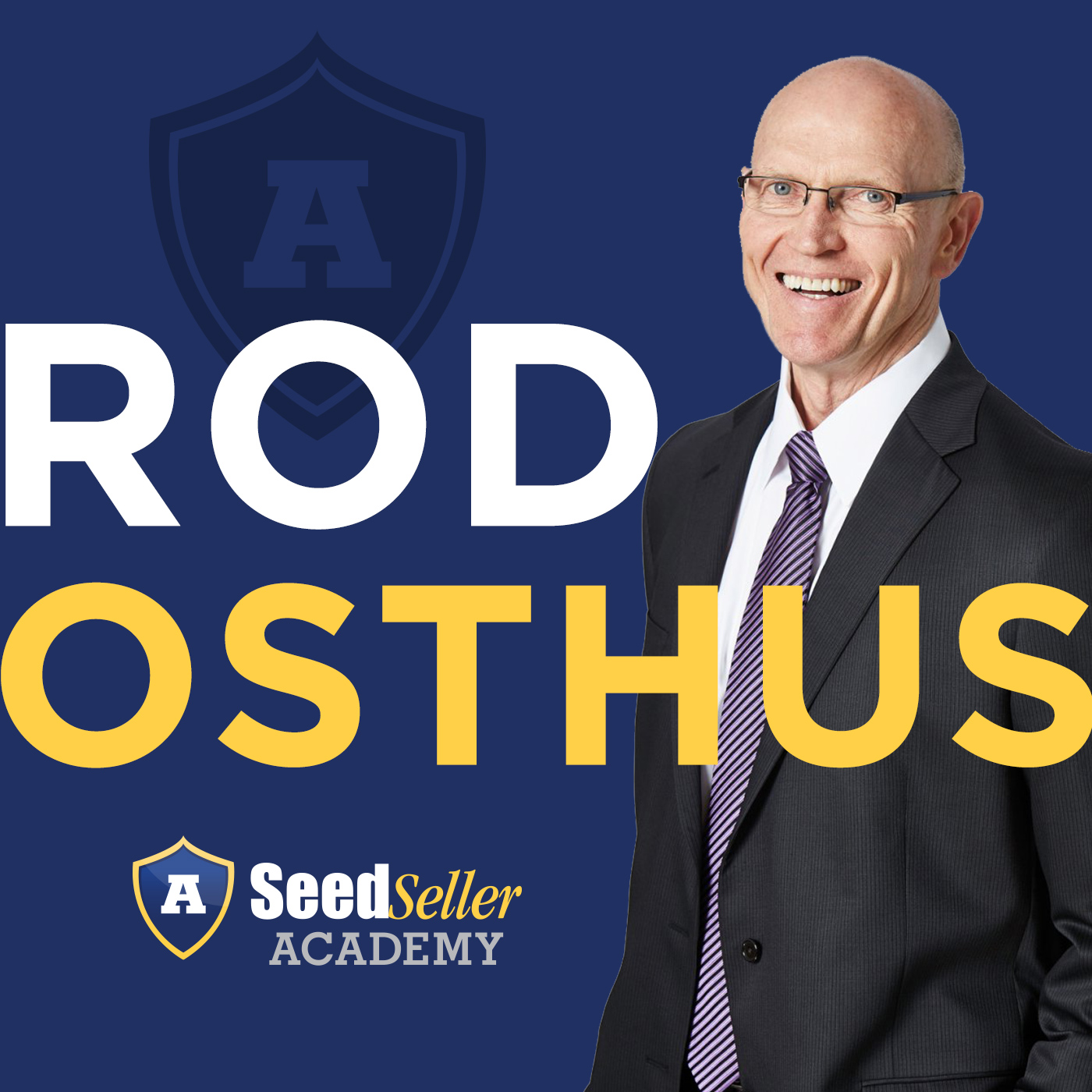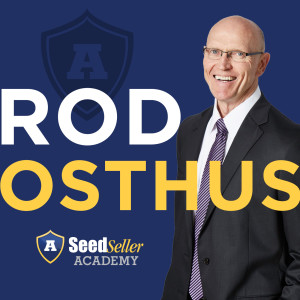
Online training designed to help you overcome sales objections, stay out of price fights, and close more sales with farmers.
Episodes

Tuesday Oct 01, 2024
Which Sales Line Are You Standing In?
Tuesday Oct 01, 2024
Tuesday Oct 01, 2024
Which Sales Line Are You Standing In?
I love the Seinfeld episode where George is in a big hurry to get somewhere, so he hales a taxicab in very heavy traffic and jumps into the back seat. The driver starts inching ahead in congested traffic but George is very impatient. He sees an opening in the lane next to them so he begs the driver to change lanes.
Just as they change lanes, the lane they were in speeds up and moves past them as they sit, stalled in the new lane. George sees that he made a mistake and again begs the cab driver to change back to the other lane so the driver does. At that point the driver stops at a yellow light and George gets upset and rants and raves for not running the yellow.
The driver gets mad and tells George to get out of his cab.
It is so funny.
How many times have you changed lanes in traffic or in the grocery story and when you did, discovered it was the wrong decision?
I’m sure we’ve all done it.
Seed sellers are also notorious for changing lanes, metaphorically speaking. It comes from the great influence environment can have on the performance of the living organisms we sell. Variety performance often changes every year based on the one thousand variables.
When the performance of certain varieties change from year to the next, seed sellers often believe they need to change to different varieties to compensate for disappointing results the previous year.
They try to outguess mother nature and introduce different varieties into a grower’s program because of what happened the previous season to a variety. But most often, those changes turn out to be bad decisions. First of all, pulling varieties out of a line-up based on one year’s performance tells the farmer you’ve just been guessing as what to put on his farm and that you’re still guessing. Second, it shows you’re not focused on raising the grower’s entire farm yield average which should be the ONLY focus and instead you’re looking at an individual variety.
And lastly, just as George Costanza in Seinfeld found himself in a worst position each time they changed lanes, the same is true when a seller jumps from one variety to the next based on a single year’s results. It hurts both the farmer and the seller.
I’m not saying a seed seller shouldn’t introduce new varieties into a portfolio. But you do it only when you believe you can improve the portfolio.
But changing varieties isn’t the only lane change we make. We often change lanes by offering new customers special deals like a first look at new varieties or extra discounts for being first time buyers, instead of staying in the lane that got us where we are by taking care of our most loyal customers.
Seed sellers often change lanes by jumping from program to program in efforts to get sales, instead of forging ahead in the lane of selling value where they belong. That’s a lane change you don’t want to make.
If you ever find yourself feeling that you need to change lanes, I mean play Russian Roulette with your varieties or your programs, think again. Look at your sales offering, your sales story and your sales approach. It may not be the varieties or programs at all, it just may be YOU.
Happy Selling, Rod Osthus

No comments yet. Be the first to say something!